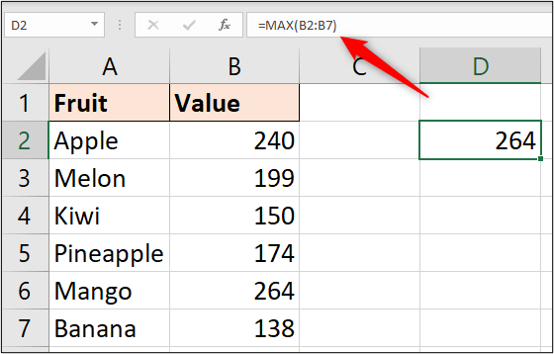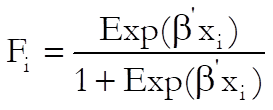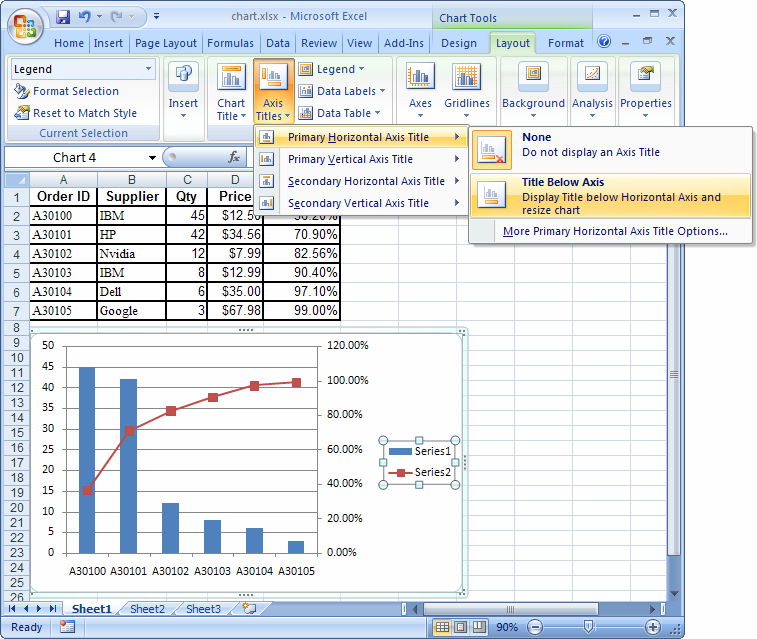

Y’ Point of Inflection: The x-value of the first derivative’s point of inflection is now a critical point ( minimum or maximum) in the second derivative. Original Points of Inflection/ Y’ Critical Points: The x-values of the original points of inflection and the y’ critical points are the x-values for the zeros in the second derivative ( y” = 0). Original Critical Points/ Y’ Zeros: The x-values from the original critical points and the y’ zeros are not significant in the graph of the second derivative. Draw the negative parts of the y” graph with the minimums being where points of inflection were in y’. Step 3: Where the slope is negative in the y’, y” is negative. Draw the positive parts of the y” graph with the maximums being where points of inflection were in y’.

Step 2: Where the slope is positive in y’, y” is positive. Step 1: The critical points (maximums and minimums) of y’ are where y” = 0. The second deriviatve is just the derivative of the first derivative. The second derivative is a graph of the slope of the first derivative.įollow the same steps as for graphing the first derivative, except use the first derivative graph like it was the original. Y = -12x^2 + 6x + 4 This graph was made by using Desmos. Original Decreasing Slope: Where the original equation has a decreasing or negative slope, the y’ has y-values less than 0 ( y’ 0). Original Points of Inflection: The x-values of the original points of inflection are the y’ critical points ( maximums and minimums). Original Critical Points: The x-values from the original critical points are the first derivative zeros ( y’ = 0).

Draw the negative parts of the y’ graph with the minimums being where points of inflection were in y. Step 3: Where the slope is negative in the original, y’ is negative. Draw the positive parts of the y’ graph with the maximums being where points of inflection were in y. Step 2: Where the slope is positive in the original, y’ is positive. Step 1: Critical points (maximums and minimums) of the original equation are where the zeros are now the zeros (y’ = 0). The first derivative is the graph of the slopes of the original equation.

Y = -4x^3 + 3x^2 + 4x This graph was made by using Desmos.


 0 kommentar(er)
0 kommentar(er)
